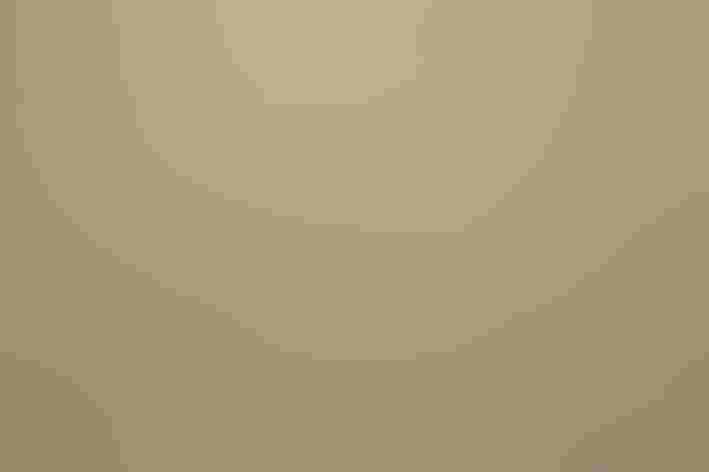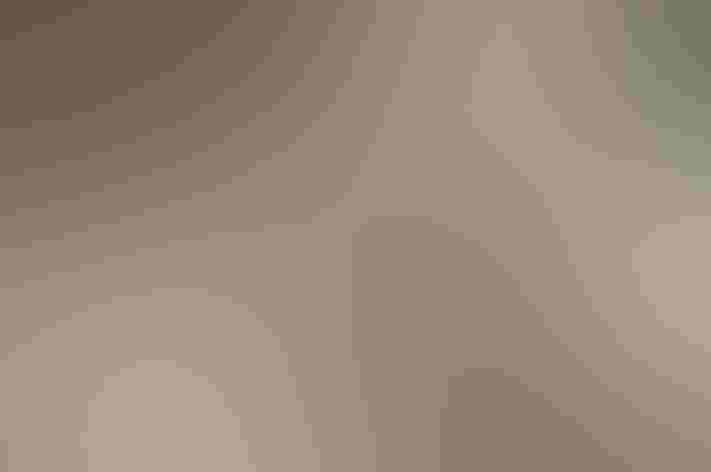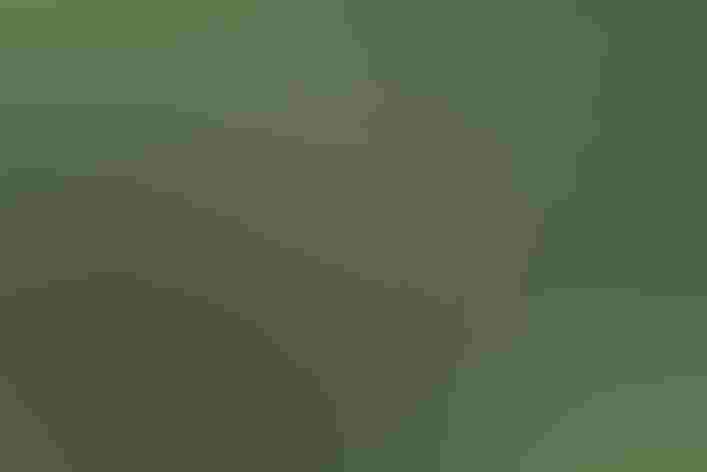Louisiana Waterthrush
At a Glance
A thrush-like warbler that walks on the ground at the water's edge, bobbing the rear part of its body up and down. It is very similar to the Northern Waterthrush, but has a more restricted range in both summer and winter. The two species overlap in summer in parts of the northeast but tend to divide up by habitat there, the Louisiana living along flowing streams, the Northern favoring still waters and stagnant bogs.
All bird guide text and rangemaps adapted from by Kenn Kaufman© 1996, used by permission of Houghton Mifflin Harcourt Publishing Company. All rights reserved.
Category
Perching Birds, Wood Warblers
IUCN Status
Least Concern
Habitat
Forests and Woodlands, Freshwater Wetlands, Lakes, Ponds, and Rivers
Region
California, Eastern Canada, Florida, Great Lakes, Mid Atlantic, New England, Plains, Southeast, Texas
Behavior
Direct Flight, Flitter
Population
450.000
Range & Identification
Migration & Range Maps
Migrates mostly at night. Moves north very early in spring, arriving on nesting grounds in March and April; in fall, many have left nesting areas before the end of August.
Description
6 1/2" (17 cm). Like Northern Waterthrush but eyebrow always bright white. Underparts are white, with pinkish buff tinge on flanks. Bill is usually larger than on Northern Waterthrush, and throat is usually plain.
Size
About the size of a Robin, About the size of a Sparrow
Color
Black, Brown, Tan, White
Wing Shape
Rounded
Tail Shape
Rounded, Square-tipped
Songs and Calls
Song is 3 clear notes followed by a descending jumble.
Call Pattern
Falling, Flat
Call Type
Chirp/Chip, Whistle
Habitat
Brooks, ravines, wooded swamps. In southern areas, nests in bottomlands, borders of lagoons and swamps, or near sluggish or fast-moving streams. In northern part of range (where it overlaps the range of Northern Waterthrush), favors rapid-flowing, gravel-bottomed streams flowing through hilly, deciduous forest. In winter in the tropics, near streams in lowland woods, occasionally in coastal mangroves.
Sign up for ÃÛèÖAPP's newsletter to learn more about birds like the Louisiana Waterthrush
Behavior
Eggs
3-6, normally 5. Creamy white, with brown and purple-gray spots. Incubation by female only, 12-14 days. Frequently parasitized by cowbirds.
Young
Both parents feed nestlings. Young leave the nest about 10 days after hatching. 1 brood per year.
Feeding Behavior
Walks on ground while foraging, usually along edge or in water, over stones and moss. Turns over dead or wet leaves to find prey. Also flies out over streams to catch flying insects. Defends winter feeding territories against other waterthrushes.
Diet
Aquatic and terrestrial insects, crustaceans. Eats many insects including beetles, bugs, adult and larval mayflies, dragonflies, crane-fly larvae, ants, caterpillars, scale insects; also small crustaceans, snails, a few small fish and seeds. Tends to take larger items than Northern Waterthrush.
Nesting
Males defend long narrow territories along streams. Each male defends by chasing intruding males, and by singing; sometimes sings in flight, as well as from perches and the ground. Male sings persistently only up until eggs are laid, then sings infrequently. Nest site is concealed in roots of upturned tree, near water, under overhanging banks of streams, or in hollow of rocky ravine. Nest is an open cup, probably built by female, made of leaves, moss, twigs, bark; and lined with fine rootlets, ferns, grass stems, and hair.
Conservation
Conservation Status
Undoubtedly has declined with loss of habitat in its range. Surveys suggest that current populations are stable.
Climate Threats Facing the Louisiana Waterthrush
Choose a temperature scenario below to see which threats will affect this species as warming increases. The same ÃÛèÖAPP change-driven threats that put birds at risk will affect other wildlife and people, too.




